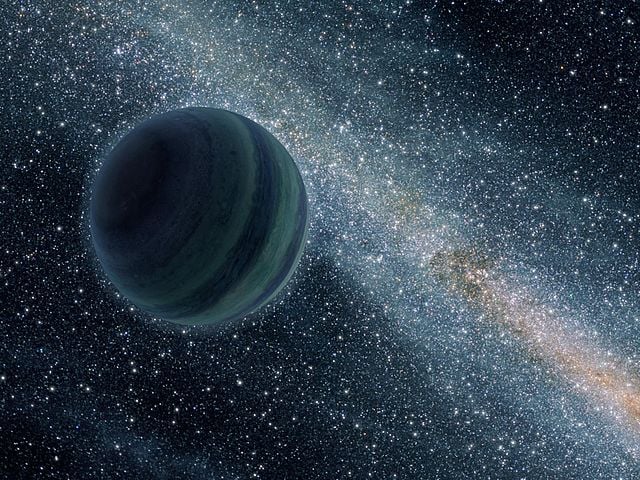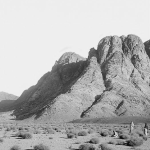
Life cannot have had a random beginning. . . . The trouble is that there are about 2000 enzymes, and the chance of obtaining them all in a random trial is only one part in 10^40,000, an outrageously small probability that could not be faced even if the whole universe consisted of organic soup. (Sir Fred Hoyle [1915 – 2001], British astrophysicist)
***
This is a long but truly fascinating article:
One of my most dedicated, overheated, and hyper-enthusiastic misreaders will, very likely, scan quickly through the article, conclude (as he always does) that it illustrates my fearful hatred of scientific rationality and my incapacity for understanding science, and fall all over himself rushing back to his online home to lament my religion-imposed blinders, etc. I think, by now, that a simple computer program could be developed to write his odd but entirely predictable reactions well in advance.
***
Another interesting but quite different piece:
“Human remains buried at Stonehenge 5,000 years ago offer a clue to where they came from”
***
And, in a slightly congenial vein:
Perhaps future archaeologists will someday find significance in the dirty dishes that I fail to wash when my wife is away. I think I’ll try to use that as a justification. It should work, don’t you think?
***
Some of you may be unaware of the fact that the Interpreter Foundation publishes books. And an even greater number may not know that Interpreter has published a specific volume titled Science and Mormonism: Cosmos, Earth, and Man, which was edited by David H. Bailey, Jeffrey M. Bradshaw, John S. Lewis, Gregory L. Smith, and Michael Stark.
Alas, it includes a preface by science-hating and scientist-fearing moi.
Other than that, though, it’s a very good book — and it’s available for purchase.












